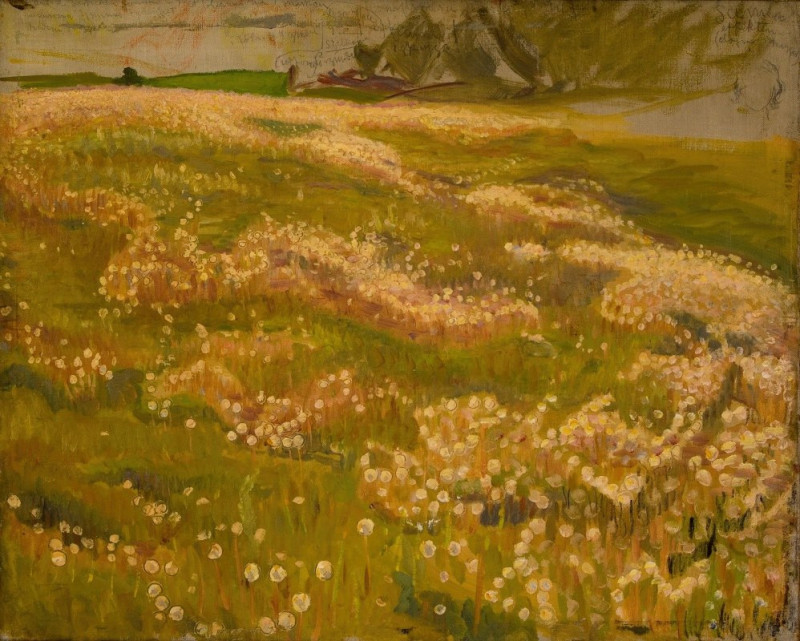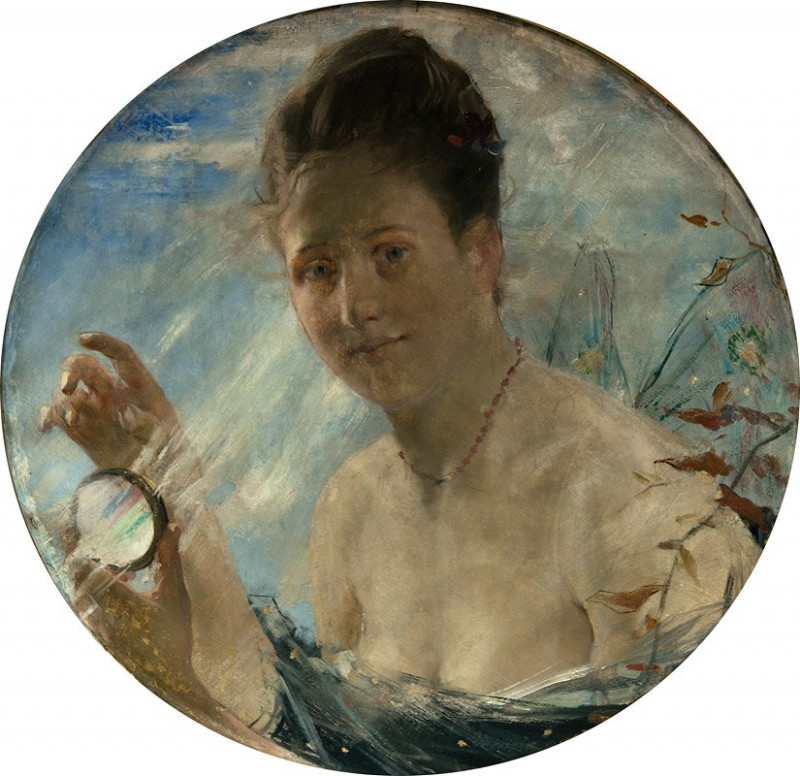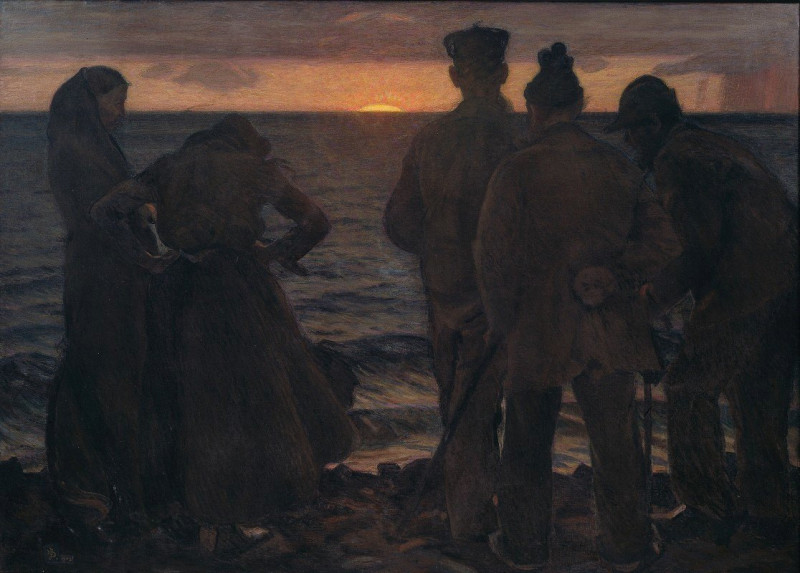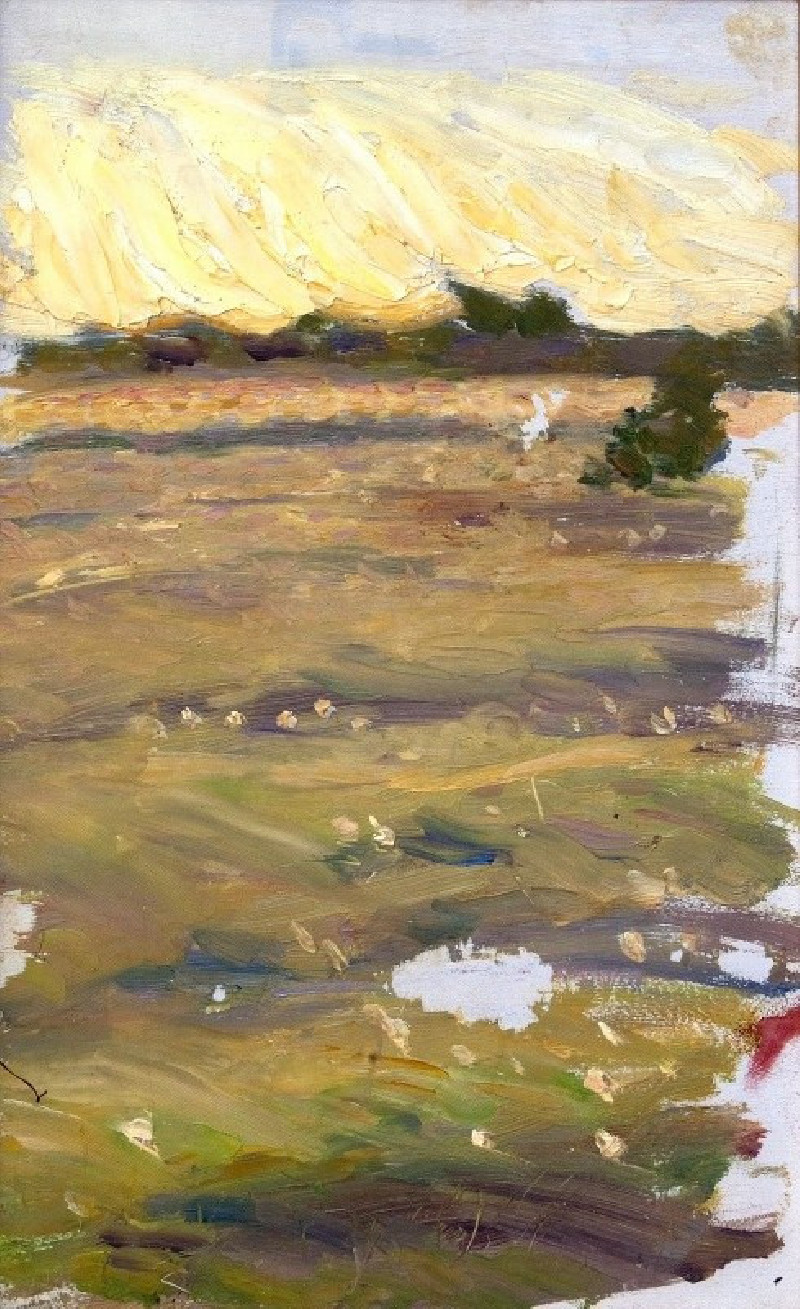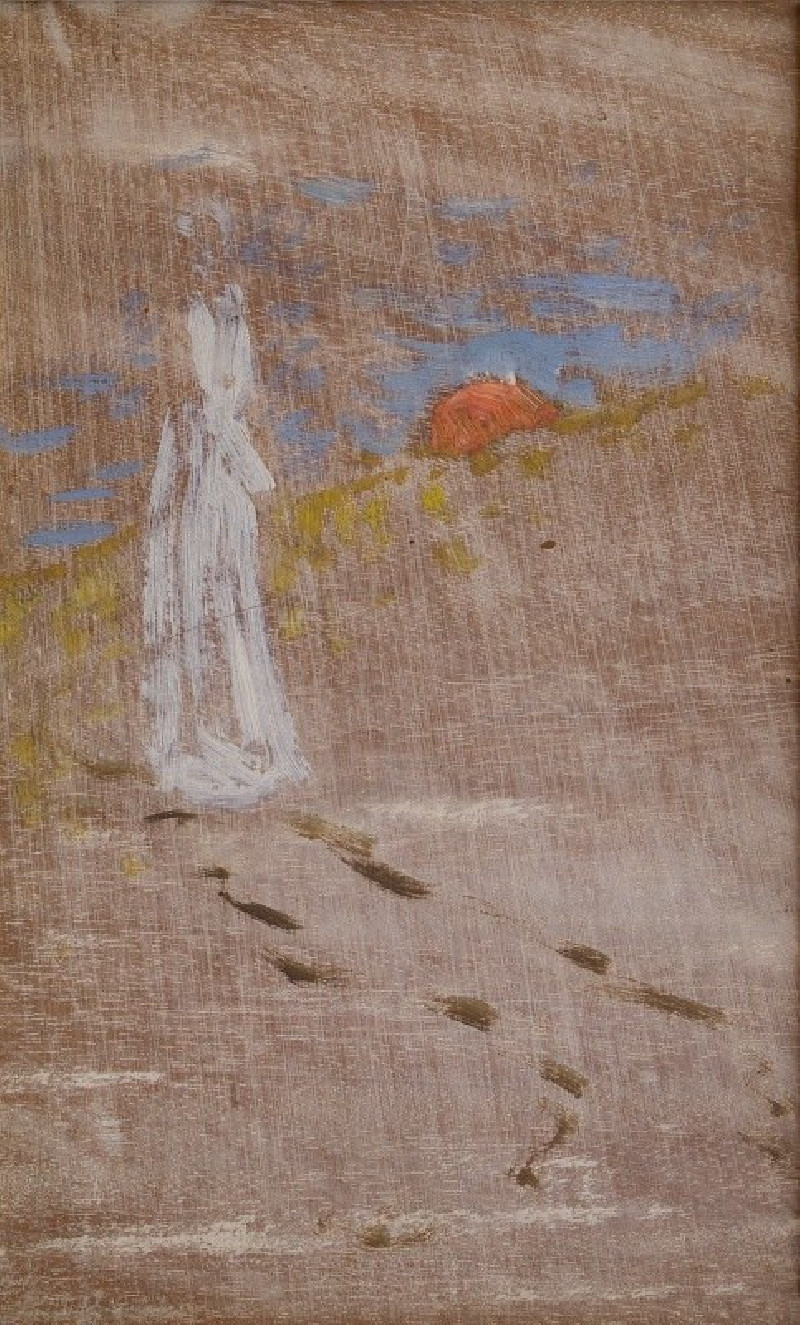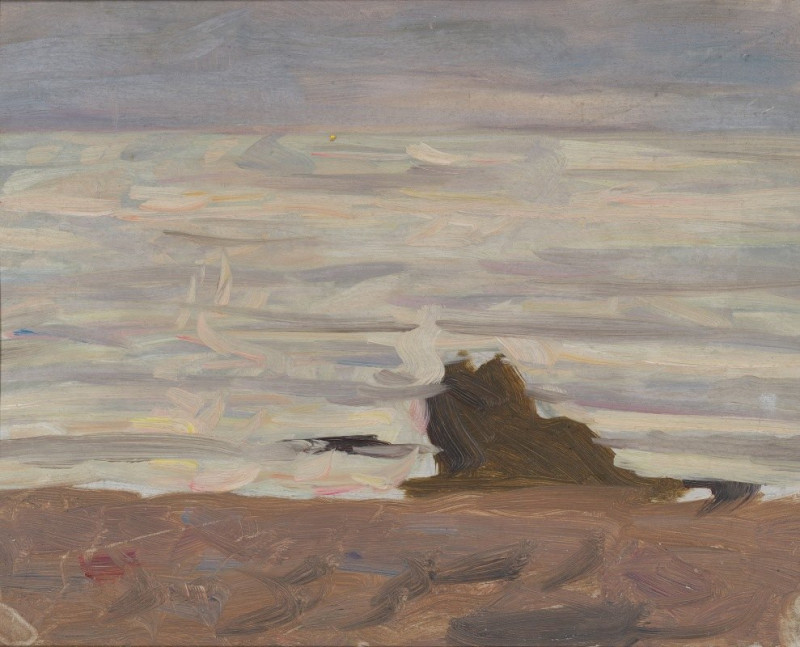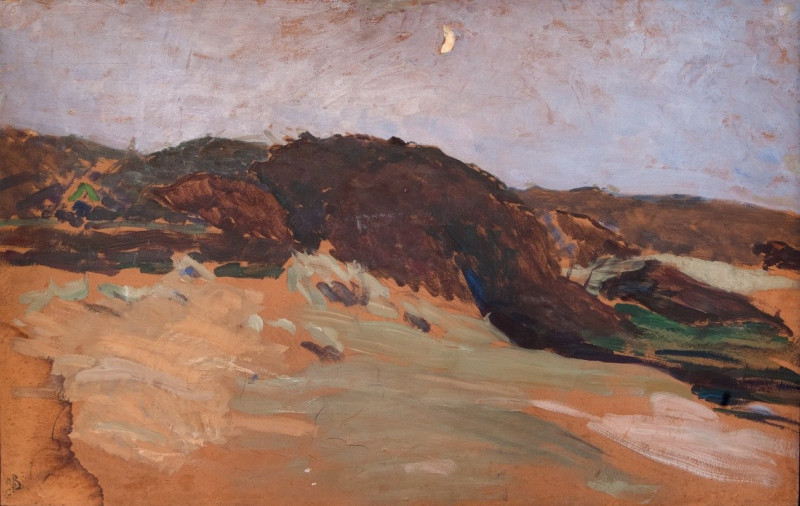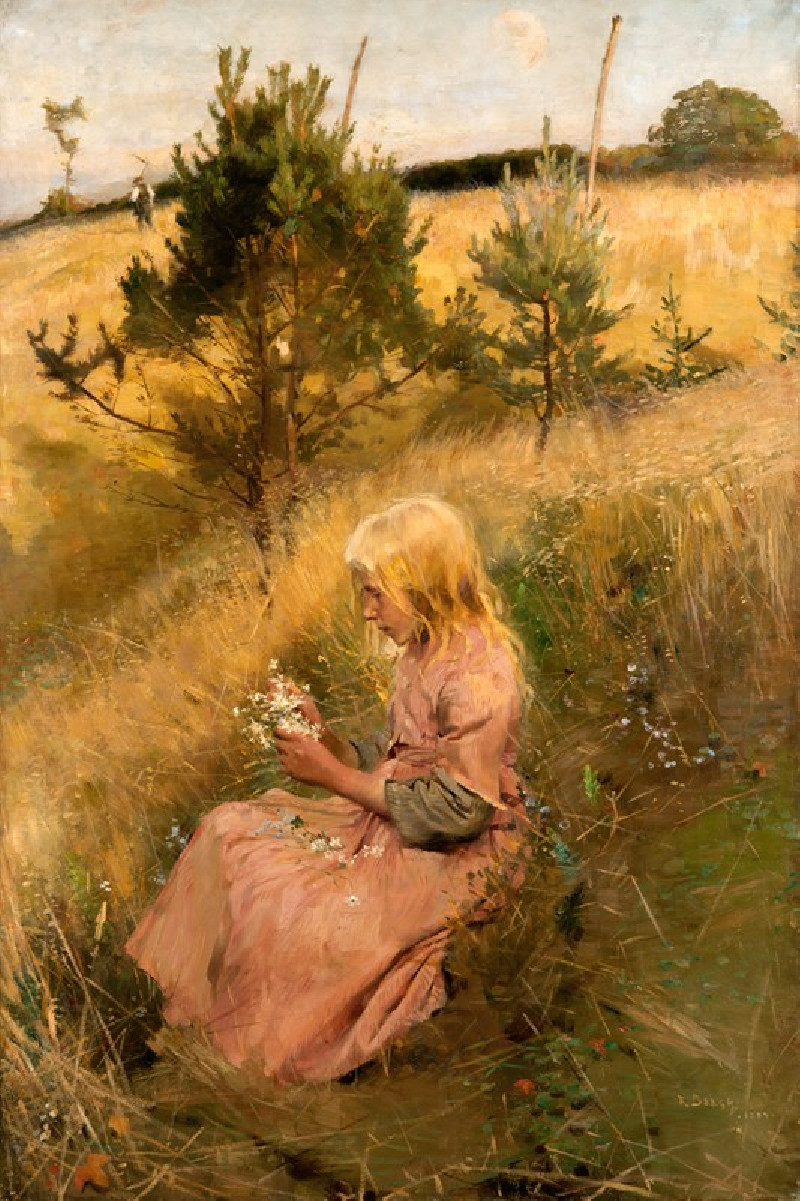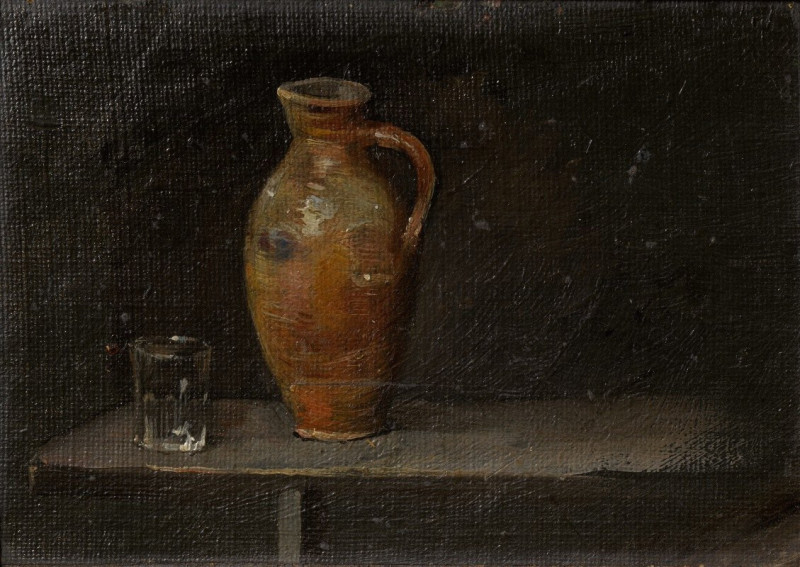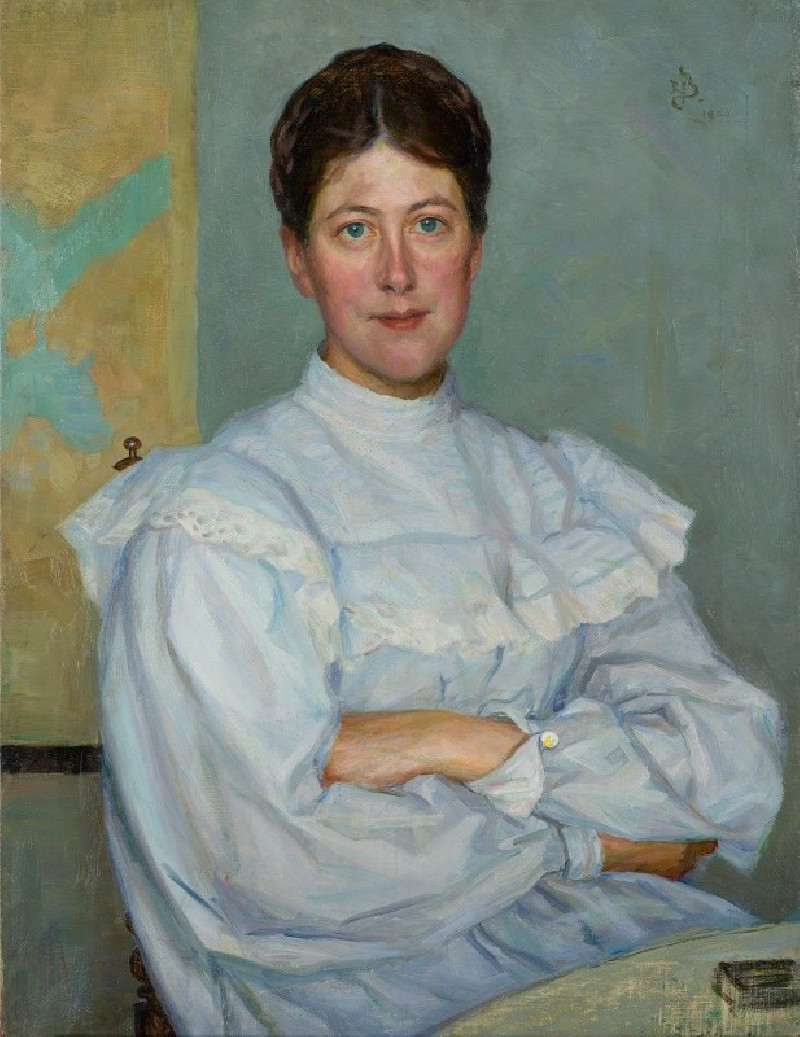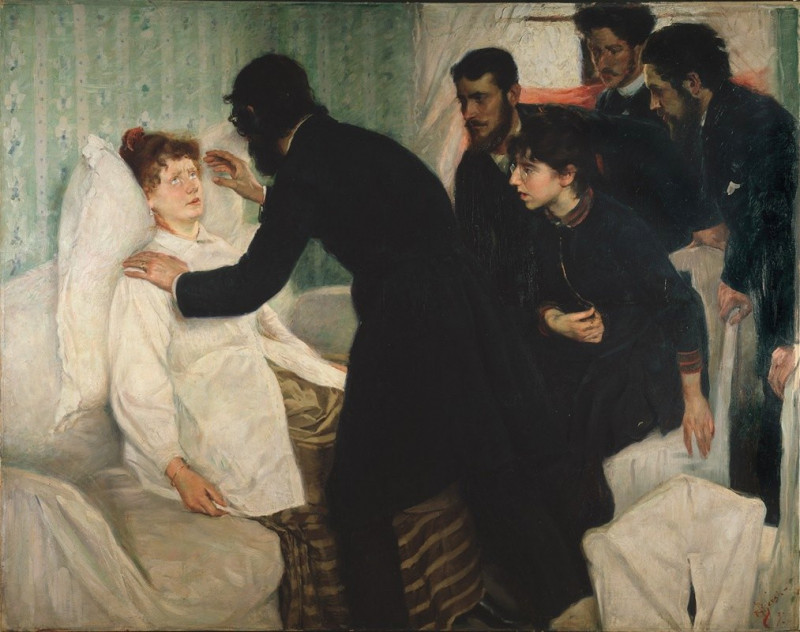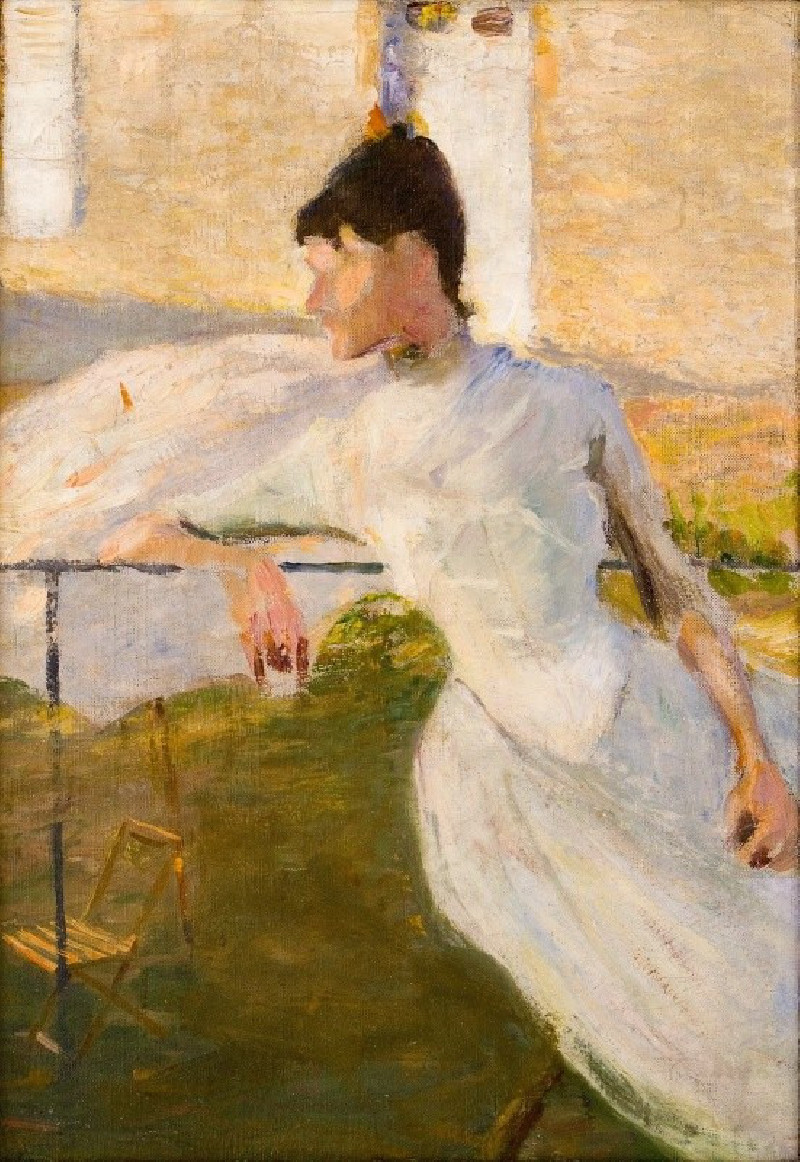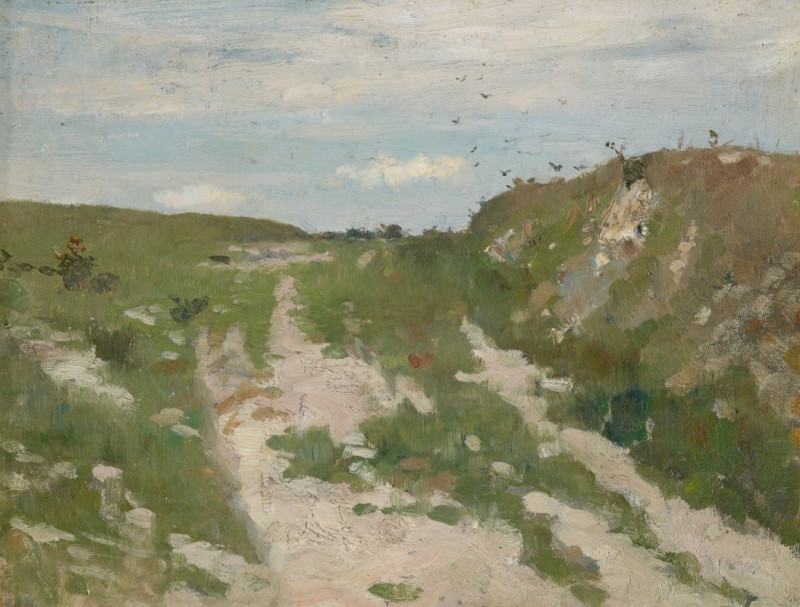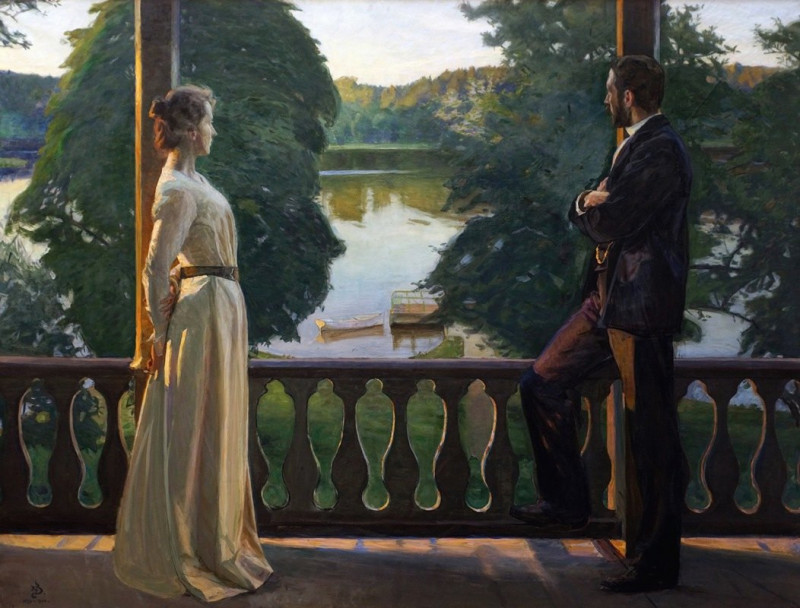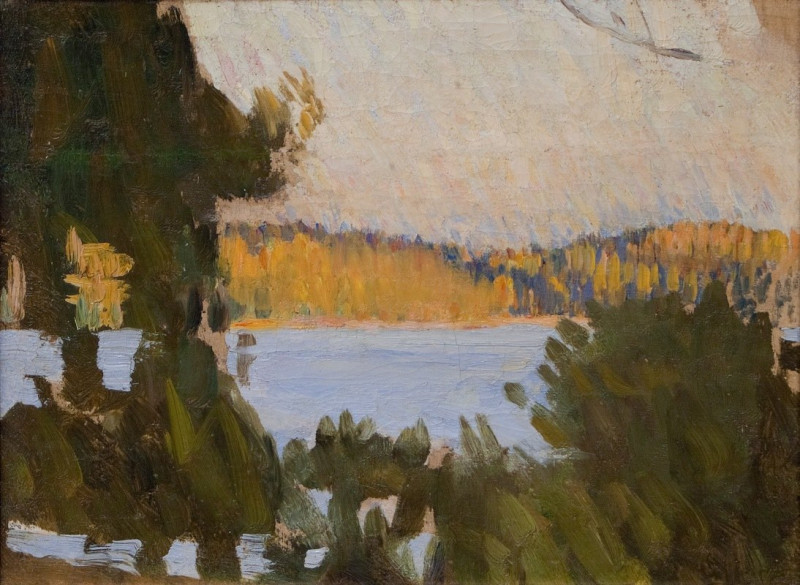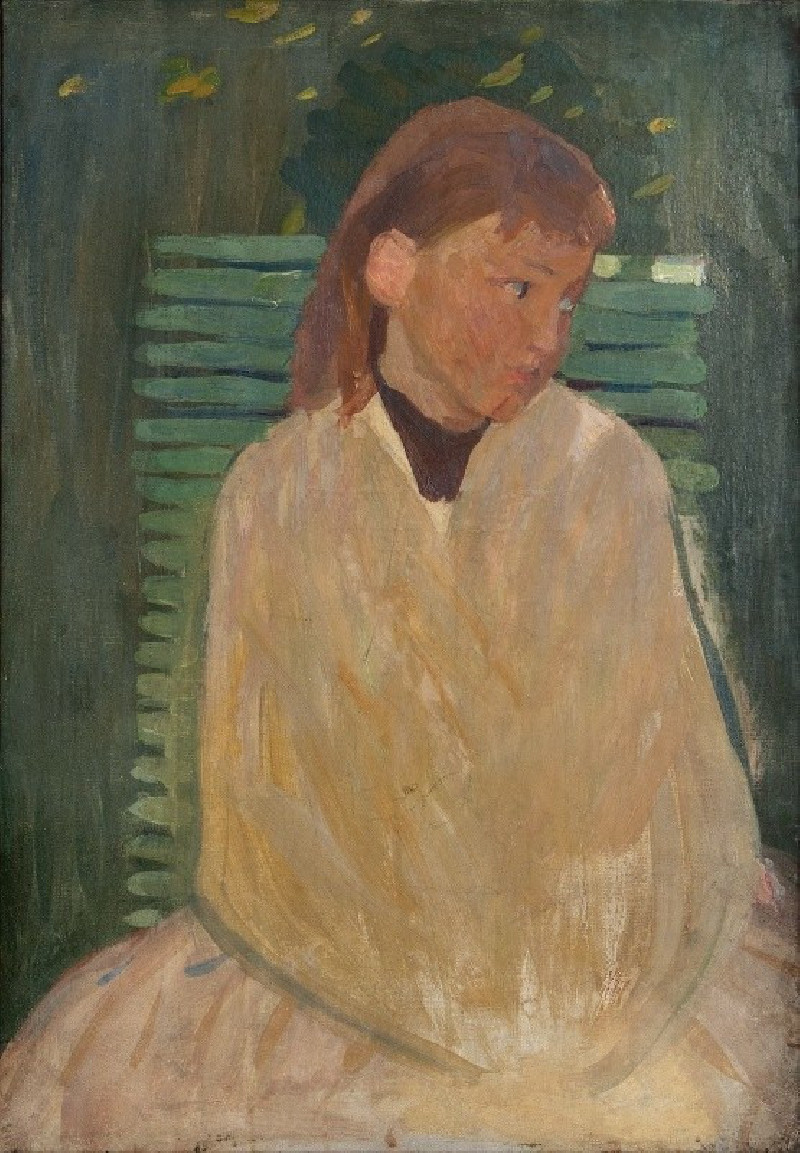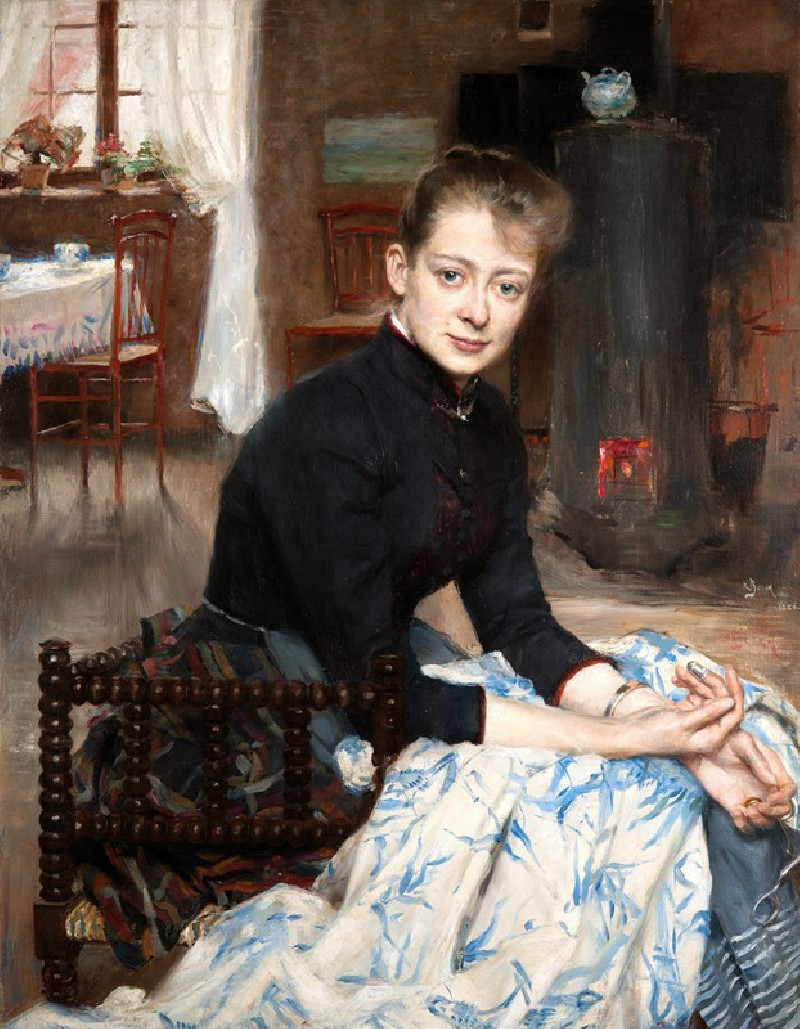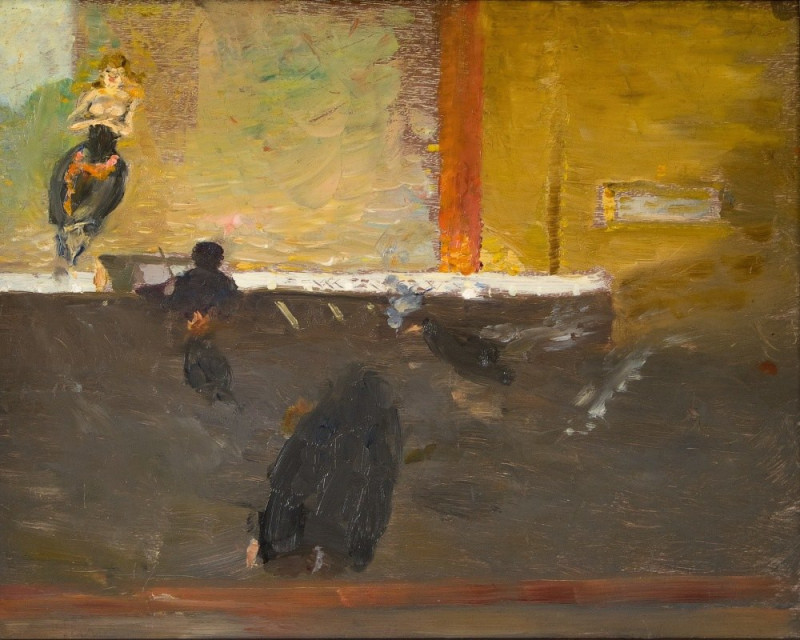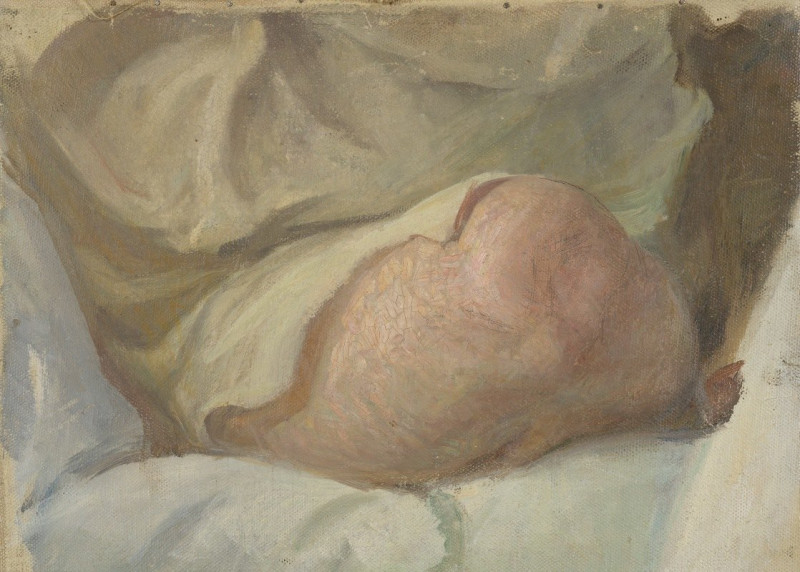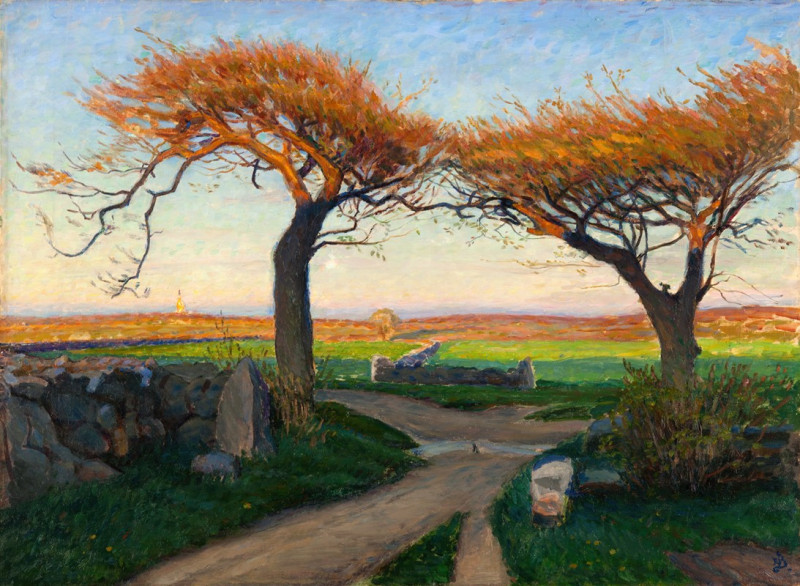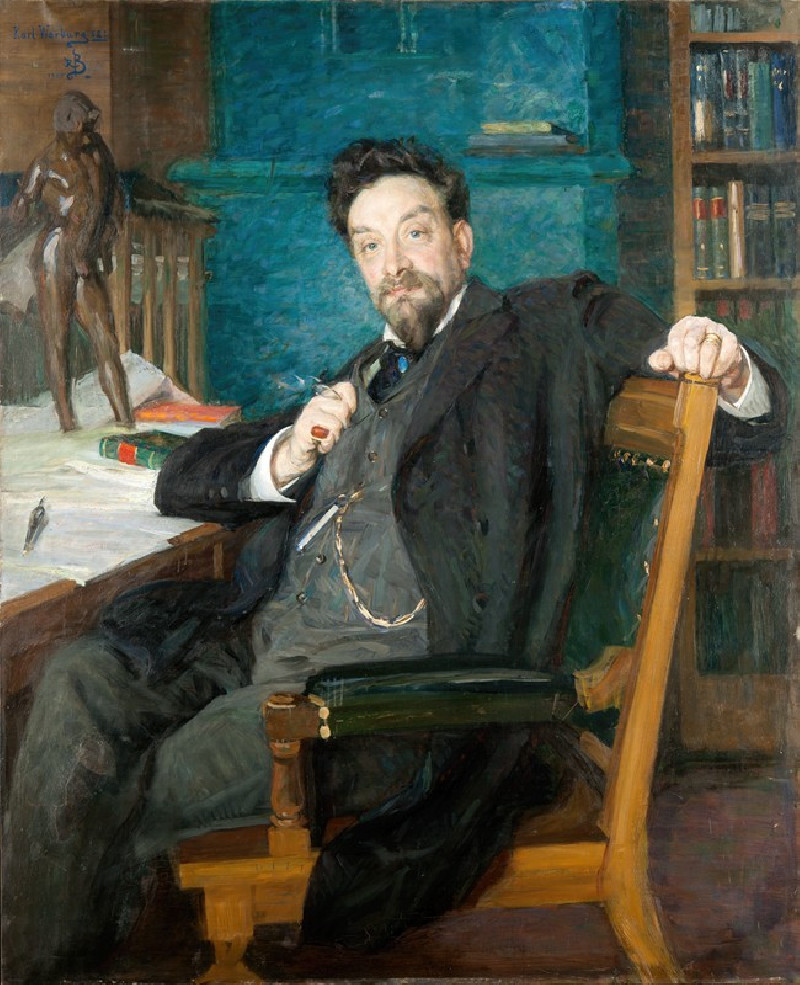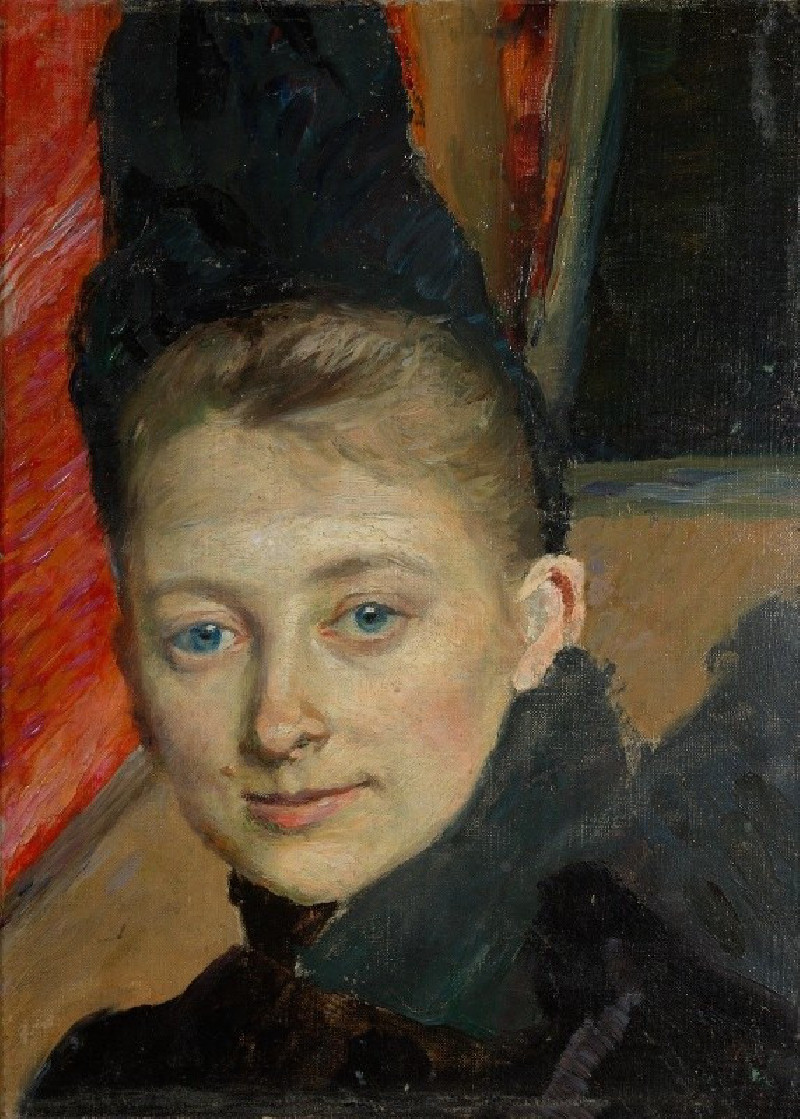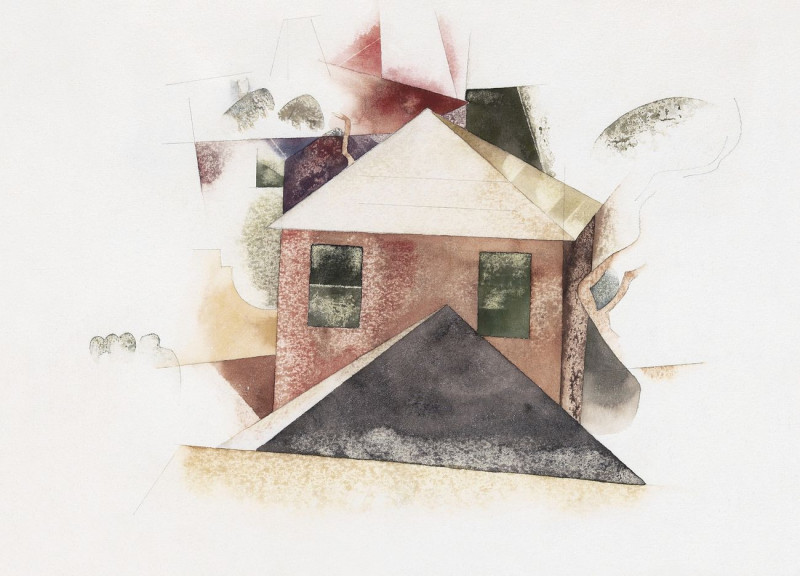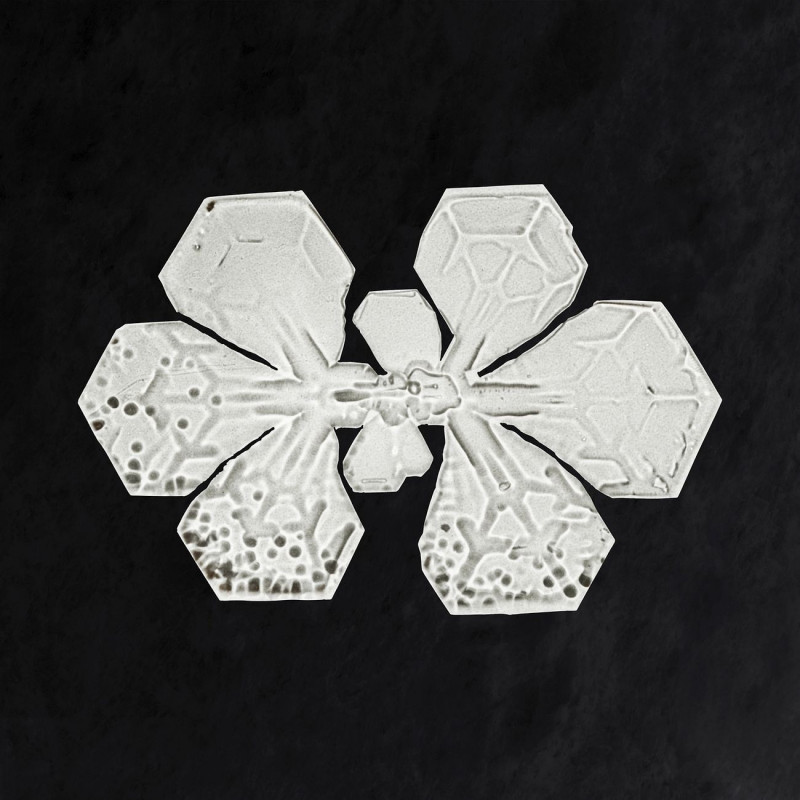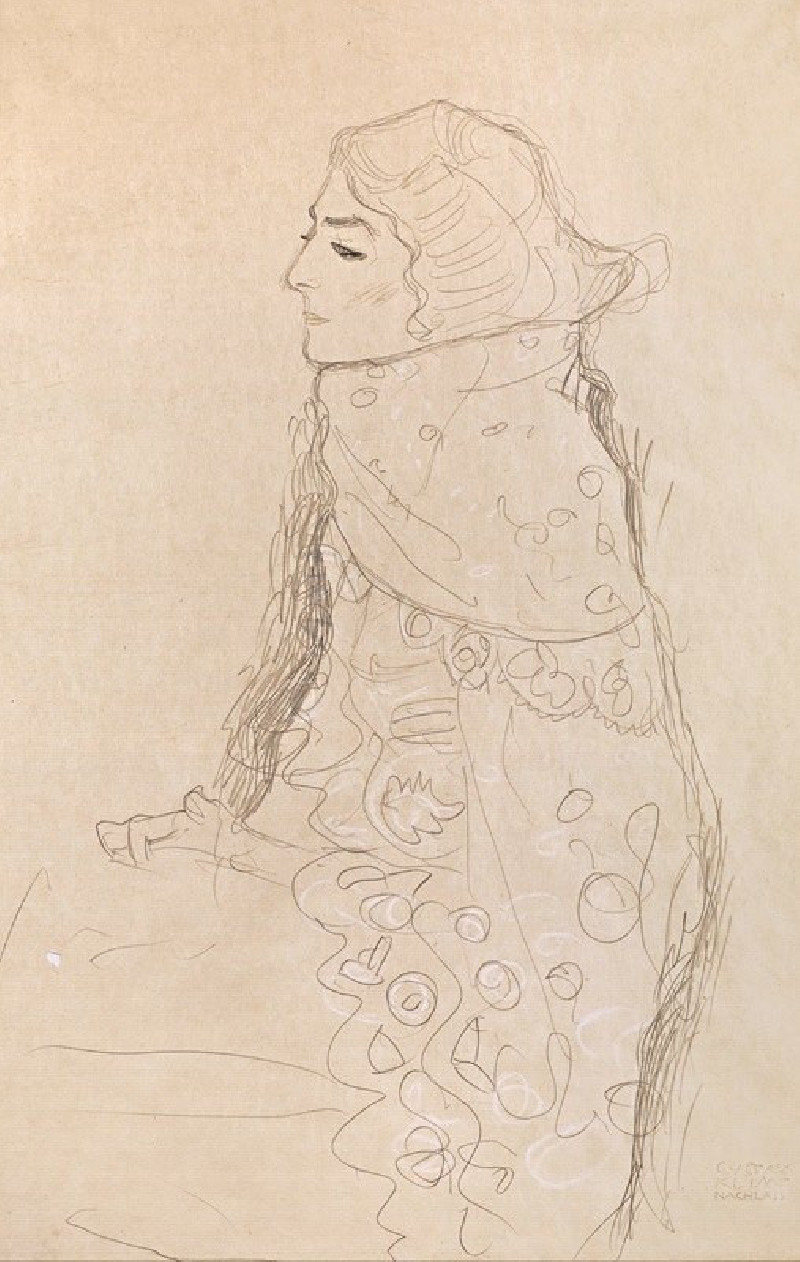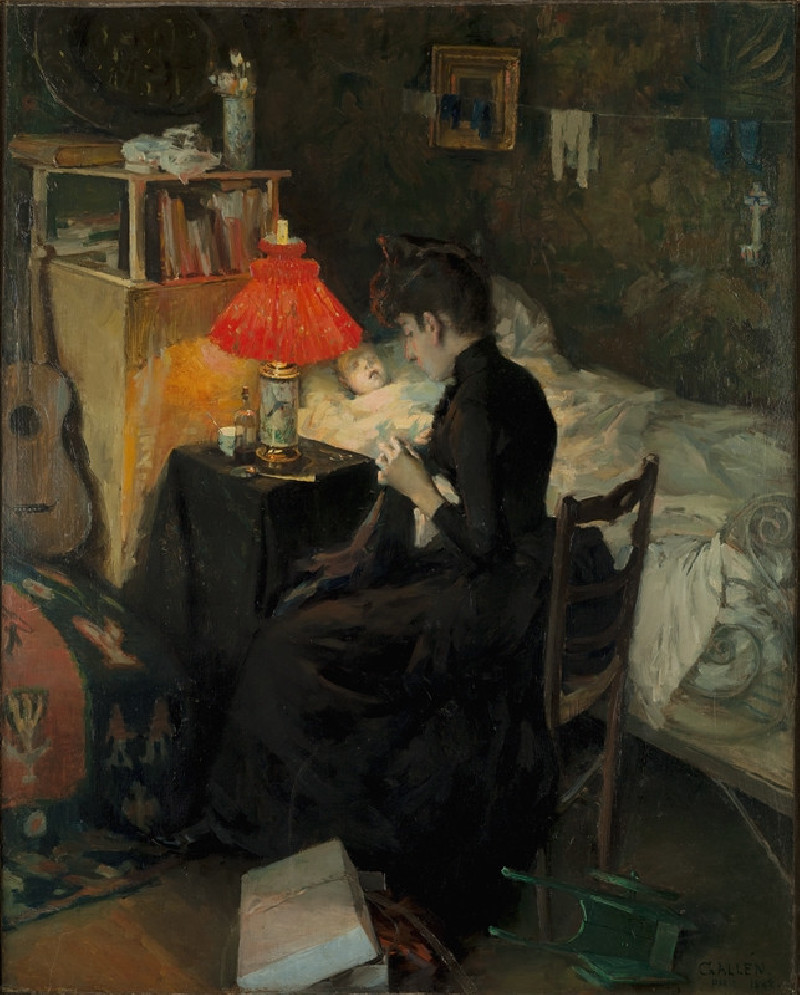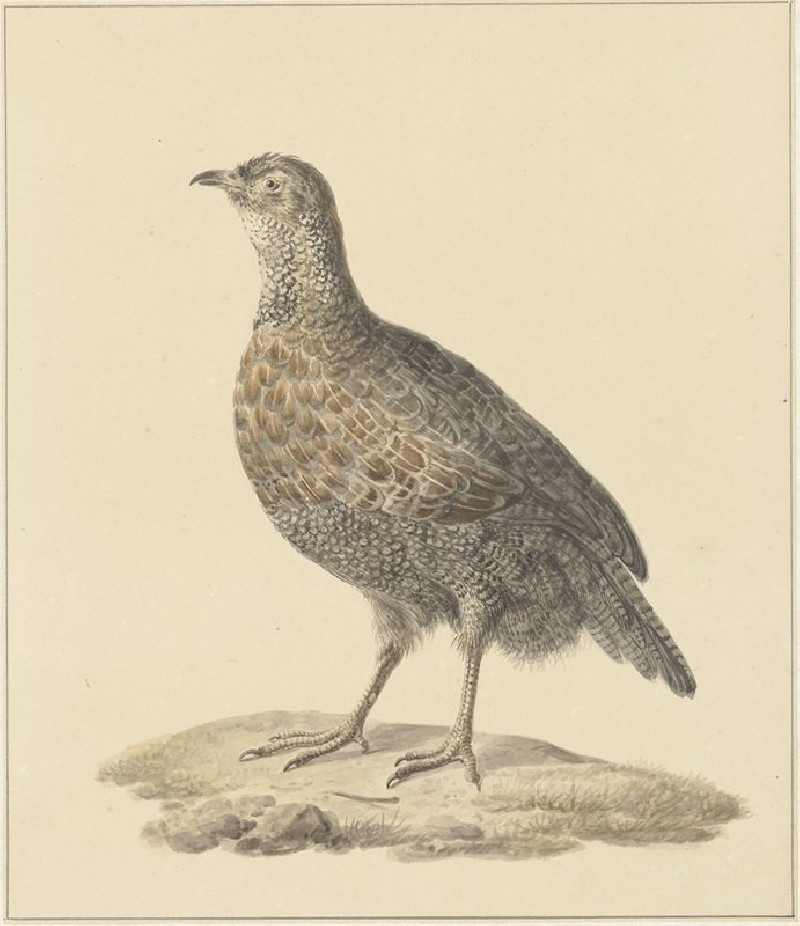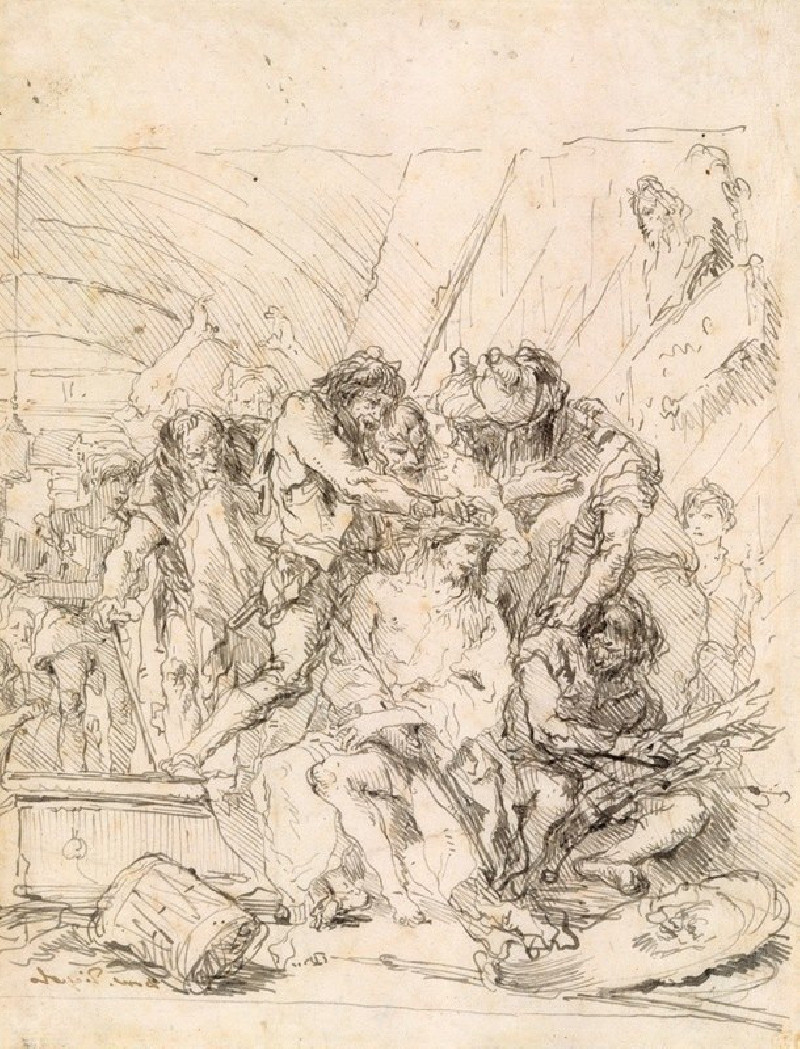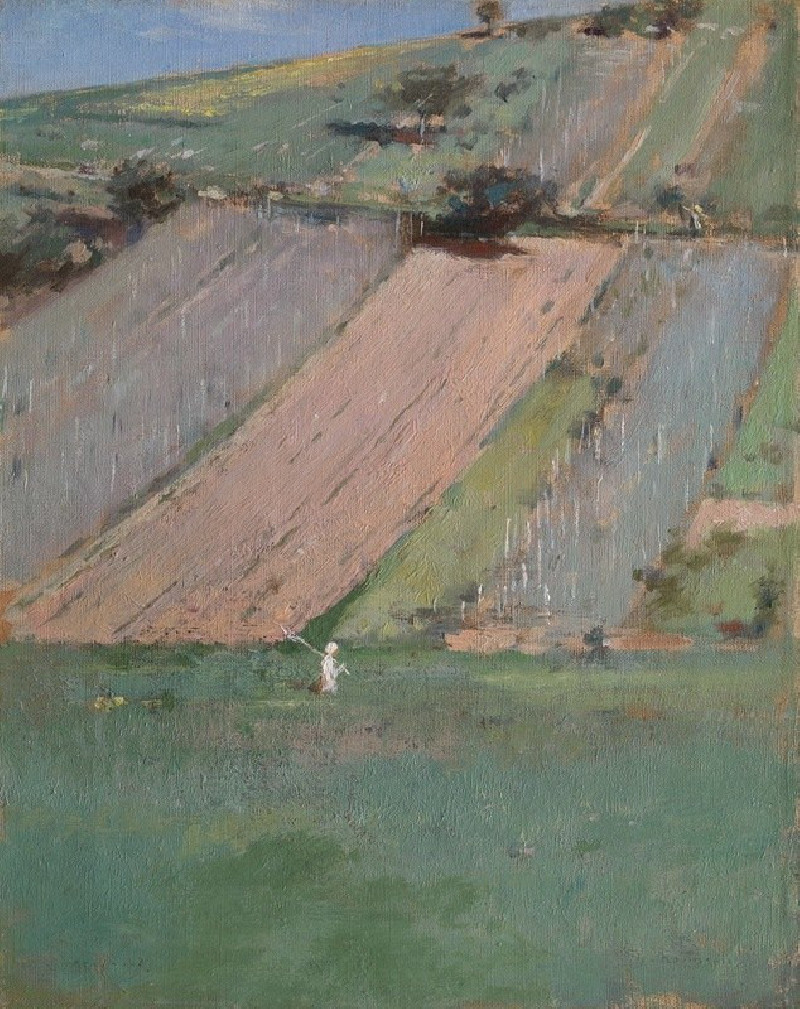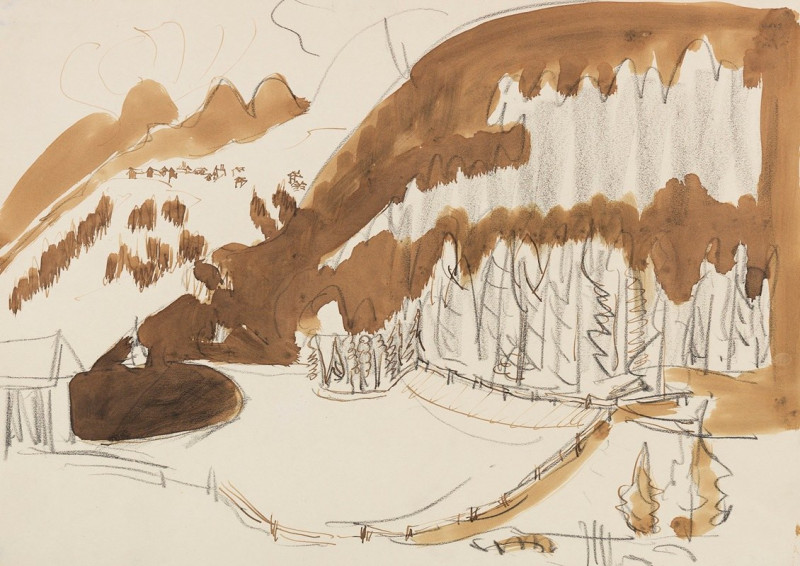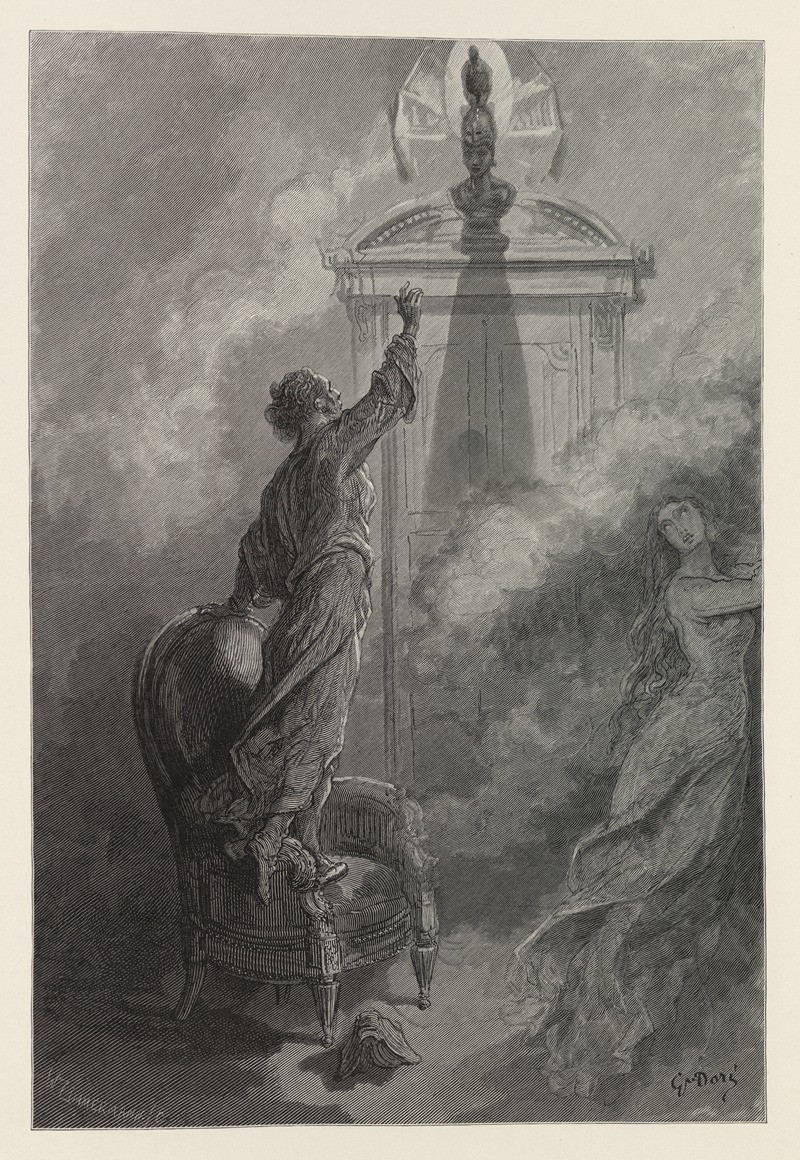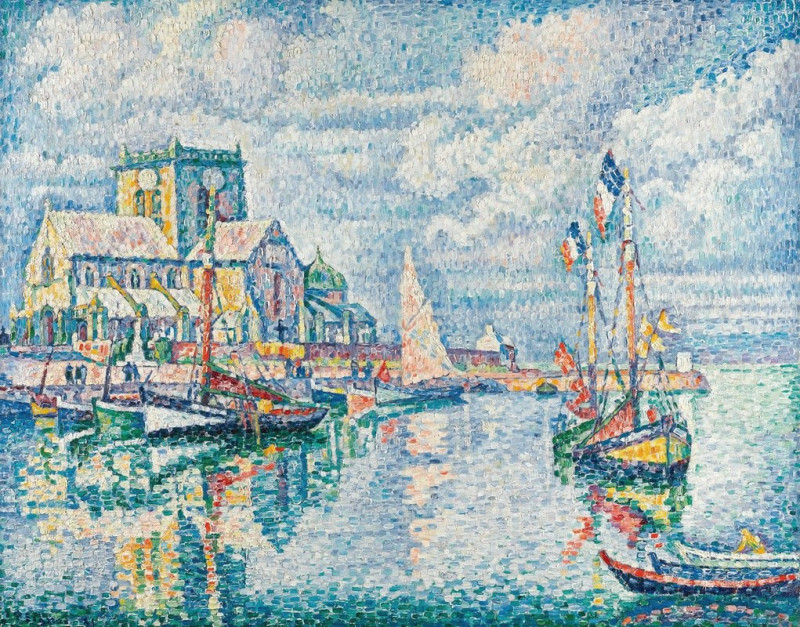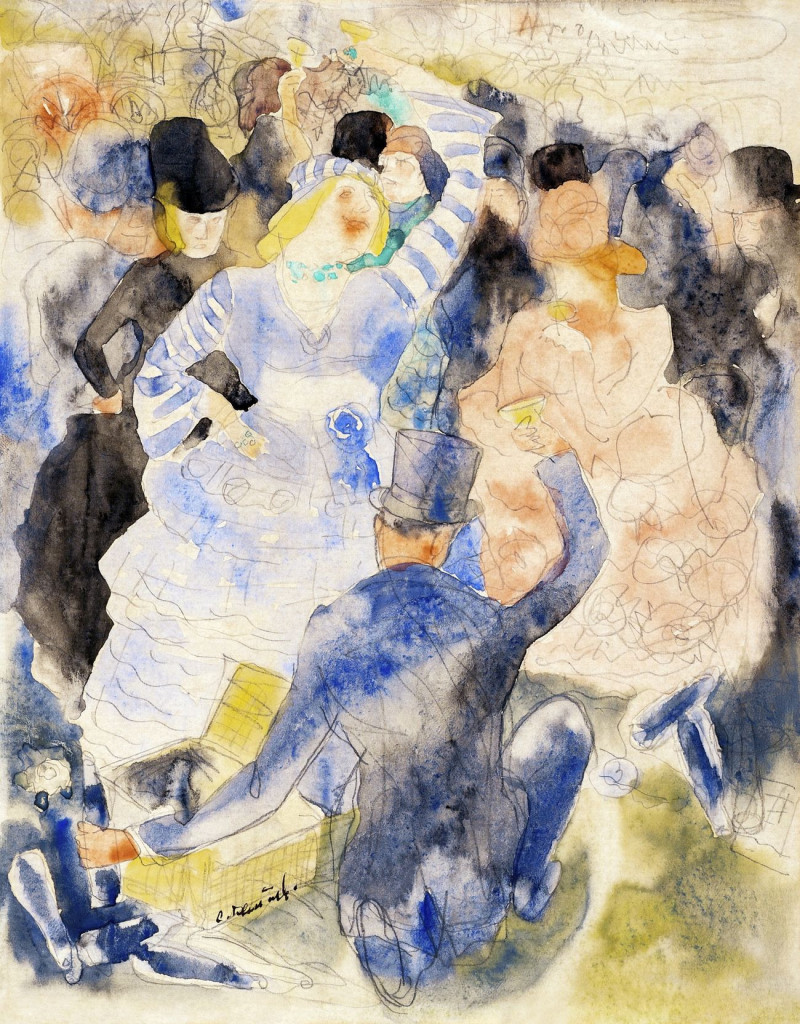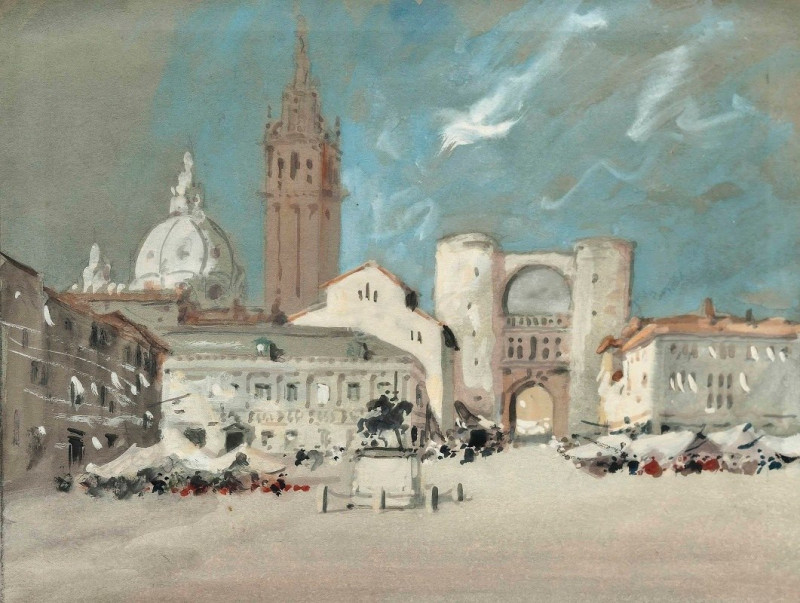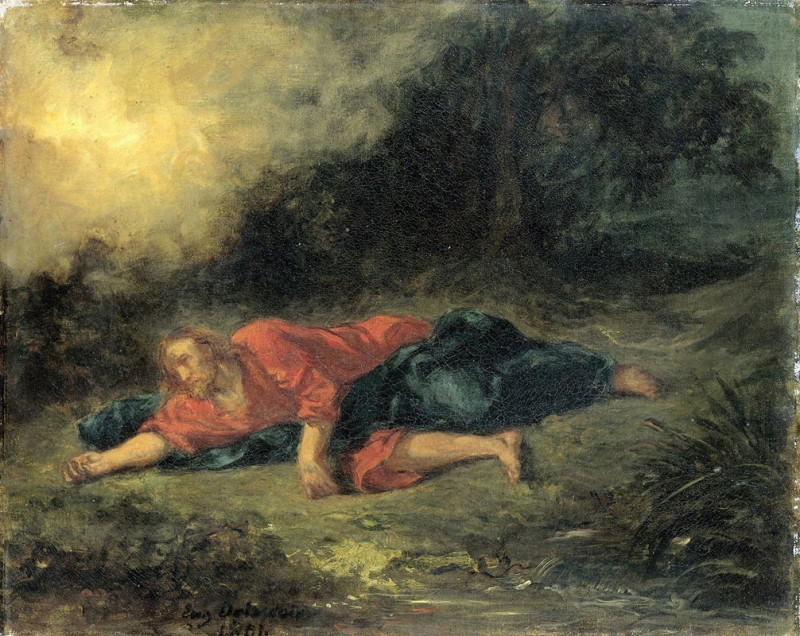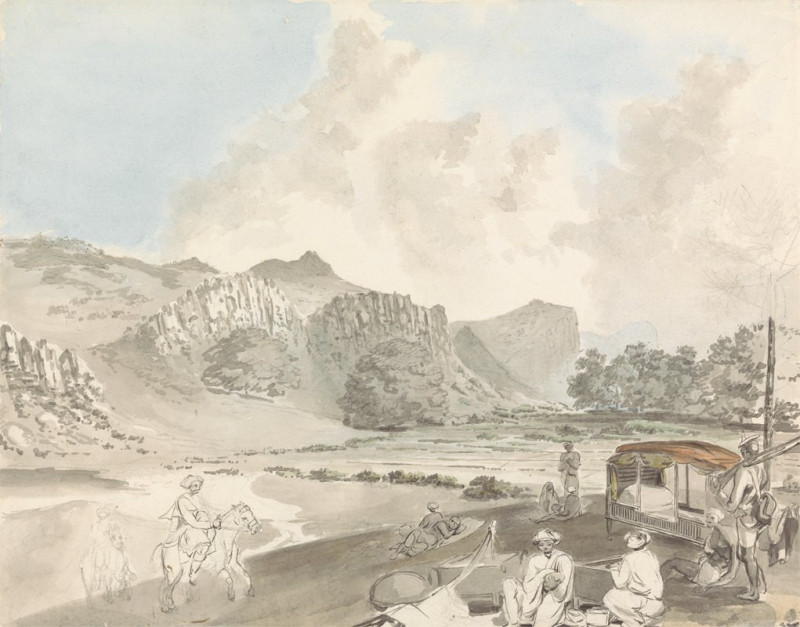Sketch for The Knight and the Maiden (Dandelion Meadow) (1897)
Technique: Giclée quality print
Recommended by our customers
More about this artwork
"Sketch for The Knight and the Maiden (Dandelion Meadow)" by Richard Bergh is an evocative visualization of nature’s subtle interplay of light and texture. Painted in 1897, this study portrays a vast meadow, densely speckled with the gentle whites and yellows of dandelions. Bergh's brushwork brings the landscape to life, creating a dynamic texture that feels almost tangible.The varying shades of green and earth tones gently balance the composition, allowing the eye to roam freely across the canvas, discovering new details in the texture of the grass and the softness of the flowers. Against the background, an indistinct sketch possibly hints at figures, thus interlacing human elements with the natural landscape, an enduring theme in Bergh's work.The serene ambiance of the meadow invites contemplation. This painting not only captures the physical beauty of the field but also evokes the transient, almost ephemeral quality of life, underscored by the delicacy of the dandelions waiting to be whisked away by the breeze.

